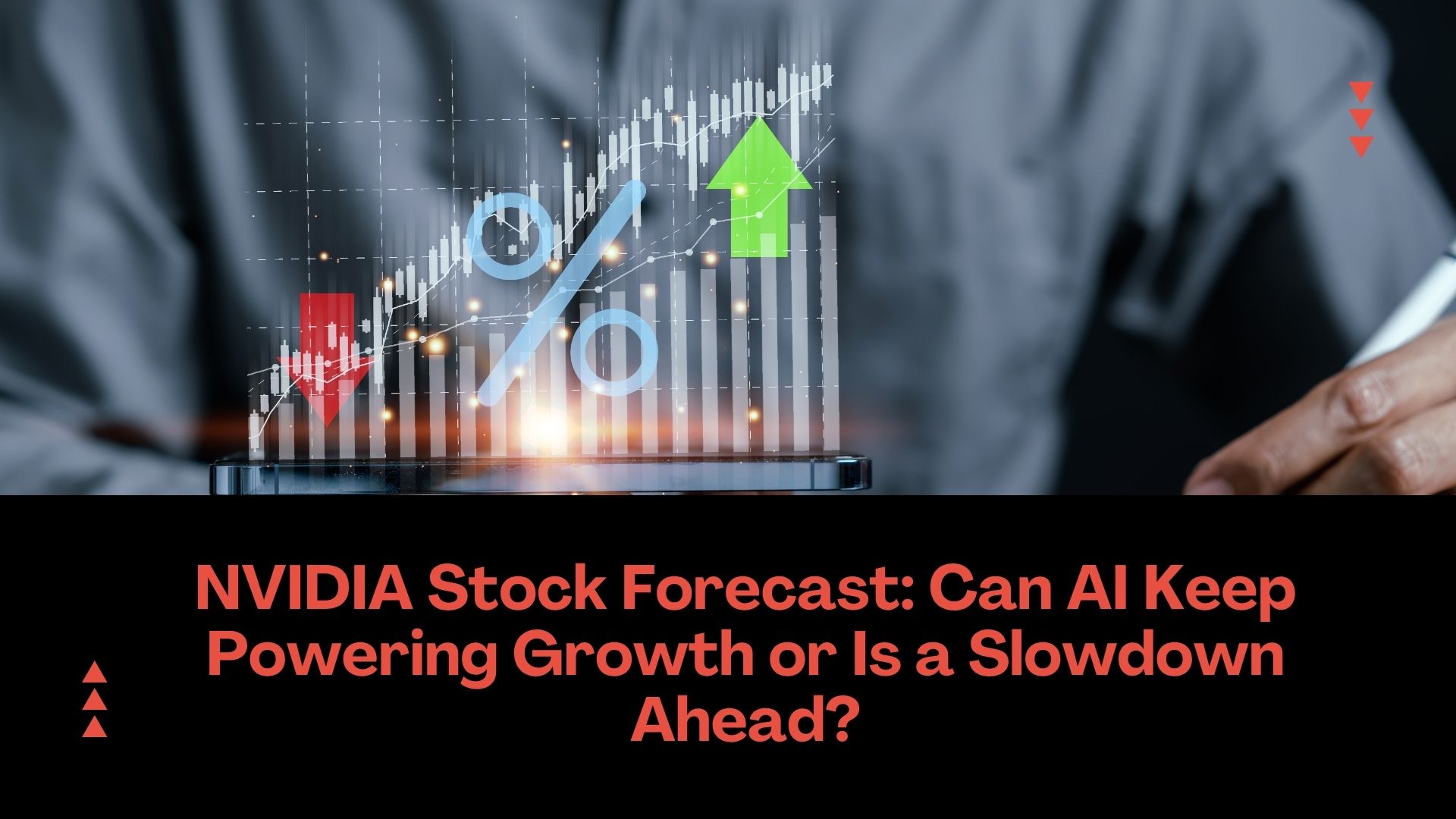Mastering AI Stock Research in 2025: Key Strategies for Smart Investors

Strong 8k brings an ultra-HD IPTV experience to your living room and your pocket.
Artificial Intelligence (AI) is no longer just a futuristic concept by 2025, it has become a transformative force powering innovation across industries worldwide. From automating complex processes in healthcare to optimizing supply chains in logistics, AI is fundamentally reshaping the way businesses operate.
For investors, this rapid evolution presents an exciting opportunity. AI stocks have the potential to deliver substantial growth, but with the market flooded with companies branding themselves as “AI-driven,” separating the genuine innovators from the hype is crucial.
This article will guide you through essential strategies to master AI stock research in 2025 and make informed investment decisions.
🔍 Identifying Genuine AI Companies
The very first step in AI stock research is to understand what truly qualifies a company as an AI stock. Many firms use “AI” as a buzzword, but the technology might not be central to their operations or revenue.
Generally, authentic AI companies fall into one of three categories:
AI Infrastructure Providers
These firms build the core hardware and software platforms that power AI technologies, such as specialized chips (GPUs, TPUs), cloud computing resources, and AI development environments. Without these, many AI applications wouldn’t be possible. Examples include semiconductor giants and cloud service providers.
AI Software and Platform Providers
Companies offering AI-as-a-service solutions, like machine learning platforms, natural language processing APIs, or automated decision-making tools, fit here. They empower other businesses to incorporate AI without building it from scratch.
Industry-Specific AI Innovators
These companies apply AI to solve concrete problems in particular industries—such as AI-driven medical diagnostics in healthcare, fraud detection in finance, or robotics in manufacturing.
A good litmus test: AI should be at the heart of their value proposition, not a mere marketing addition.
📈 Evaluating Financial Health and Growth Potential
In any sector, strong financials are a key indicator of sustainability. The same applies to AI companies.
Revenue Growth: Rapid, consistent revenue growth indicates market demand and expanding adoption of AI products or services.
R&D Investment: AI is a fast-evolving field requiring continuous innovation. Companies that reinvest 15-30% of their revenue into research and development are often better positioned for long-term success.
Gross Margins: Software-based AI companies typically have higher gross margins (60% or more), reflecting scalability.
Profitability and Cash Flow: While many AI startups may not be profitable yet, it’s important to assess their cash burn rate and runway. Companies with clear pathways to profitability are preferable.
Beware of companies that show impressive growth but lack financial discipline or have unclear business models.
⚙️ Analyzing Product-Market Fit
A company’s success ultimately depends on how well its AI solutions meet real-world needs. Here’s what to look for:
Solving Critical Problems: Is the AI product or service addressing a tangible issue—like reducing costs, improving accuracy, or automating repetitive tasks?
Customer Dependence and Adoption: Strong customer retention, recurring contracts, and positive client testimonials demonstrate that the AI offering adds real value.
Scalability Across Industries: Can the AI solution expand beyond a niche market? Companies with versatile AI products tend to have higher growth potential.
For example, an AI platform that helps banks detect fraud is solving a critical need, and with increasing digital transactions, such solutions often enjoy sustained demand.
🛠️ Leveraging Advanced Research Tools
In 2025, investors have access to sophisticated tools that can greatly improve AI stock research:
AI Revenue Breakdown Tools: These platforms help analyze how much of a company’s revenue directly stems from AI-related products or services.
Sentiment Analysis: AI-powered tools can gauge market sentiment by analyzing news coverage, social media chatter, and insider trading activity, helping you spot trends and potential risks.
Peer Comparisons: Compare financial metrics, growth rates, and valuations against industry peers to spot undervalued opportunities.
Using these tools allows you to move beyond surface-level analysis and make data-driven decisions.
⚠️ Avoiding Common Pitfalls
While AI investing offers exciting possibilities, it also comes with risks:
Hype-Driven Valuations: Many AI stocks are priced with sky-high expectations. Always scrutinize valuation ratios like price-to-sales and forward price-to-earnings before buying.
Unclear Business Models: Avoid companies where AI is vaguely defined or where the revenue source is uncertain.
Competition and Moat: AI is a highly competitive space. Firms without proprietary technology, exclusive data, or strong customer relationships may struggle.
Overdependence on Future Promises: Focus on current fundamentals and tangible progress rather than solely on visionary projections.
✅ Final Thoughts: Invest Smartly, Invest Informed
Artificial Intelligence represents one of the most transformative investment themes of this decade. But the key to success lies in disciplined research, critical evaluation, and patience.
By identifying authentic AI companies, analyzing their financial health, understanding product-market fit, leveraging modern research tools, and steering clear of hype, you can position yourself for sustainable growth in this exciting sector.
Remember, in the fast-changing world of AI, the best investors aren’t those who rush in first, but those who take the time to understand, analyze, and act wisely.
Note: IndiBlogHub features both user-submitted and editorial content. We do not verify third-party contributions. Read our Disclaimer and Privacy Policyfor details.







